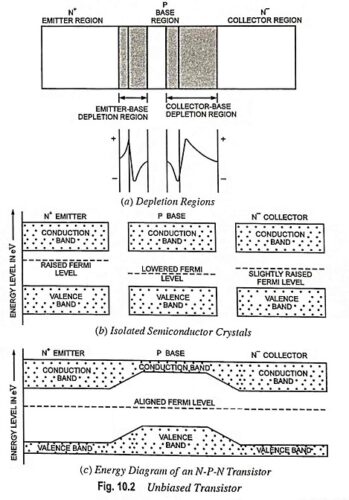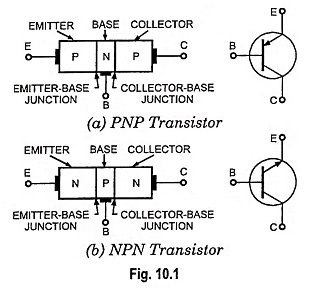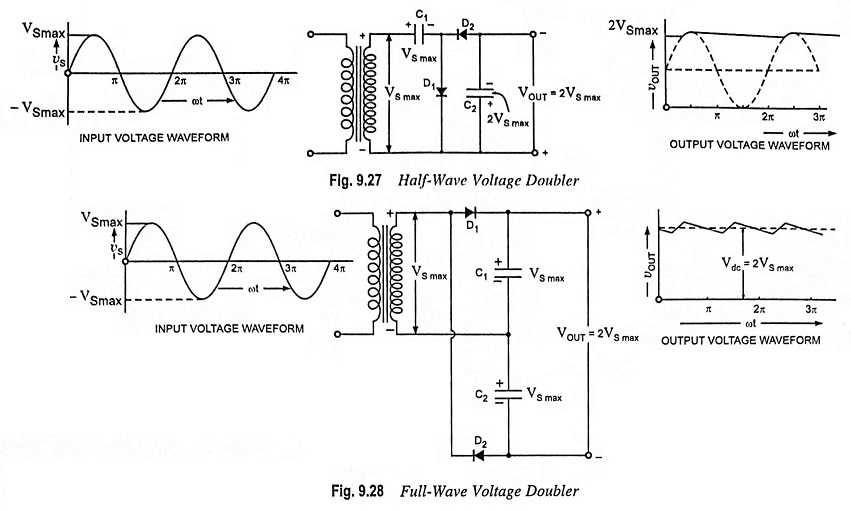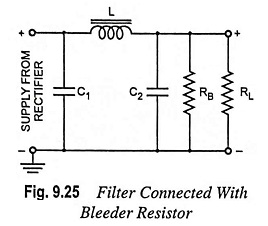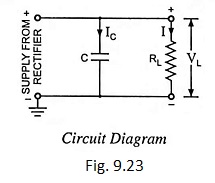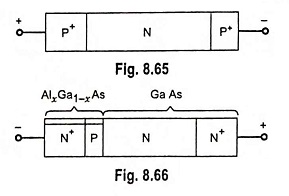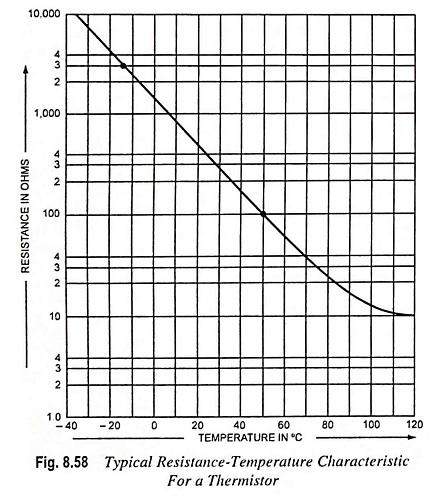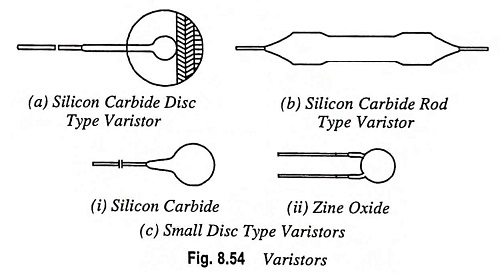Transistor Action : Operation of PNP Transistor
Transistor Action : Operation of PNP Transistor: Transistor action – Transistors of both types (P-N-P and N-P-N) behave exactly in the same way except change in biasing and majority carriers. In P-N-P transistors the conduction is by holes whereas in N-P-N transistors conduction is by electrons. However, N-P-N transistors are preferred due to their better […]
Transistor Action : Operation of PNP Transistor Read More »

